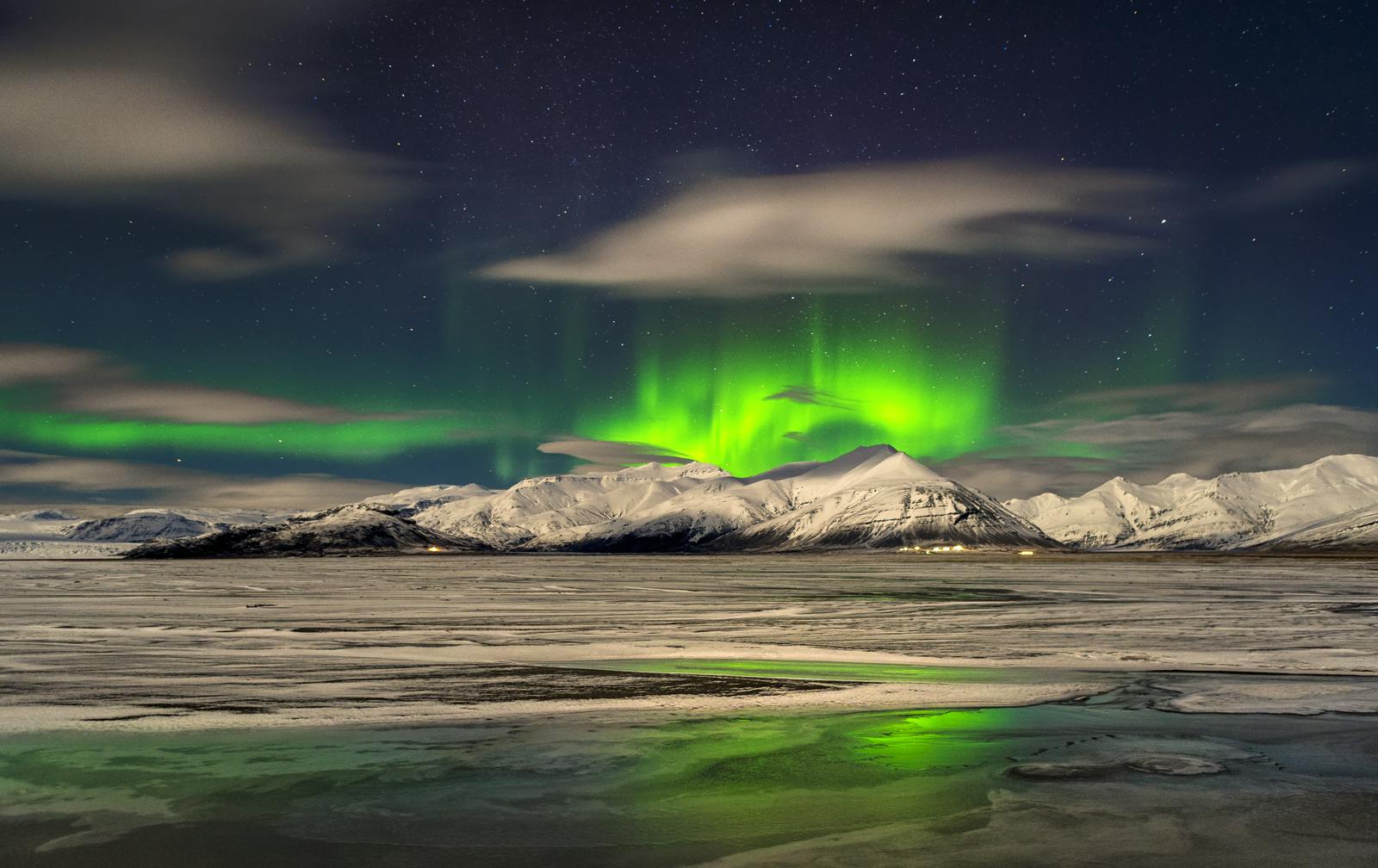
Guide to Hoffellsjökull Glacier
Iceland, often referred to as the "Land of Fire and Ice," is renowned for its stunning landscapes, and glaciers play a significant role in shaping the country's geography. While popular glaciers like Vatnajökull attract crowds of tourists, there are hidden gems waiting to be discovered. One such off-the-beaten-path wonder is Hoffellsjökull Glacier, nestled in the serene landscapes of Southeast Iceland.
Glaciers hold profound cultural and historical significance in Icelandic folklore and traditions. They are often associated with mythical tales, reflecting the deep connection between the Icelandic people and their natural surroundings. Hoffellsjökull, with its unique characteristics, has likely played a role in shaping local narratives, contributing to the rich tapestry of Icelandic culture.
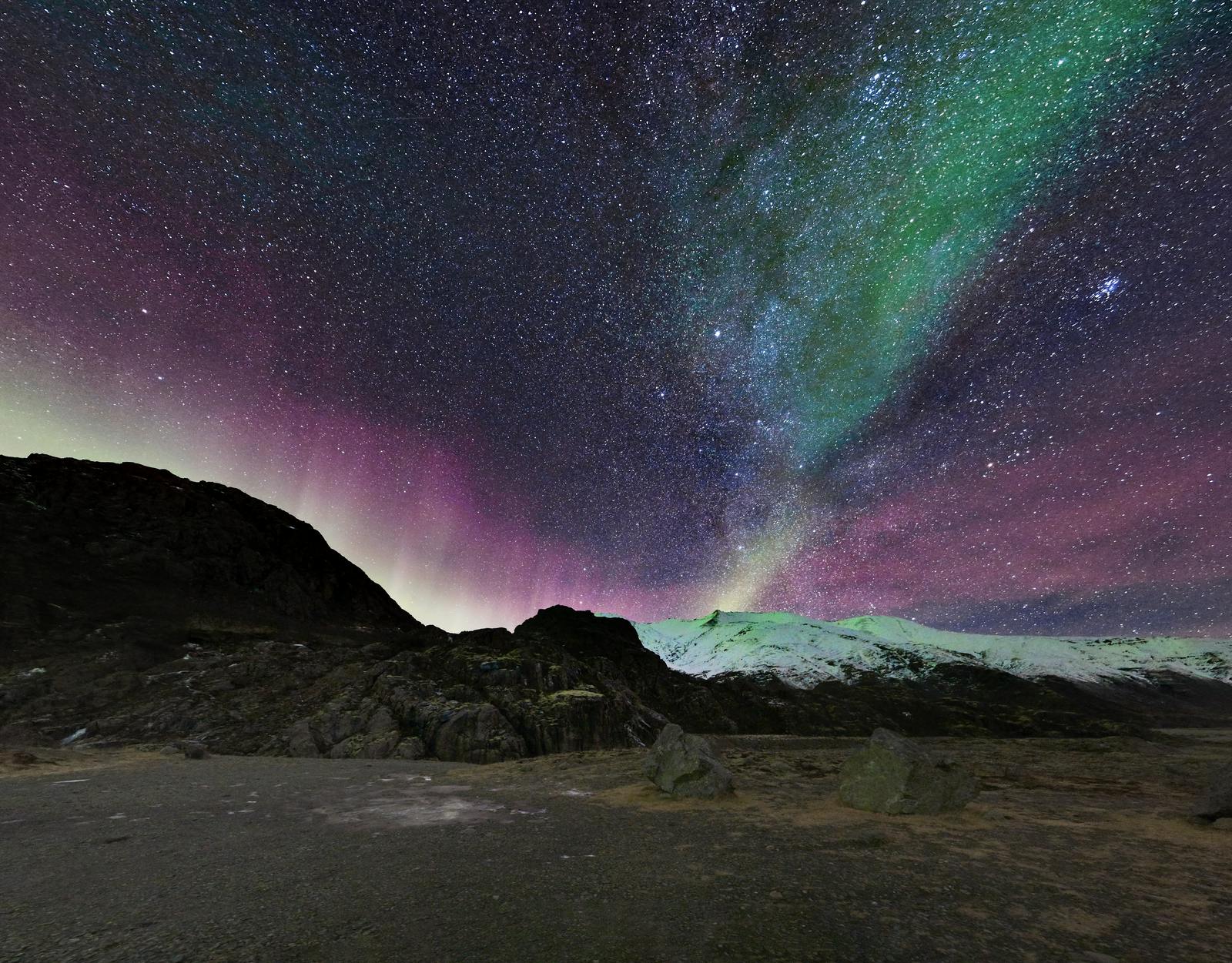
Hoffellsjökull & Vatnajökull
Hoffellsjökull is situated in the southeastern part of Iceland, near the charming town of Höfn. The Ring Road (Road 1) provides a direct route to this region. It is approximately 450 kilometres (about 280 miles) from the capital, Reykjavík. This region is known for its diverse landscapes, ranging from glaciers to lush valleys. The glacier is part of the extensive Vatnajökull National Park, contributing to the overall allure of this protected natural area.
Vatnajökull, Europe's largest ice cap, encompasses numerous outlet glaciers, including Hoffellsjökull. The glacier extends from the vast ice cap, creating a mesmerising network of ice formations. The interconnectedness of these glaciers makes Hoffellsjökull an integral component of the larger glacial system, showcasing the dynamic nature of Iceland's icy landscapes.
Geology
Hoffellsjökull impresses with its size and expanse, offering visitors a glimpse into the grandeur of nature. The glacier exhibits distinctive features, such as crevasses, icefalls, and seracs, providing a visual spectacle for those fortunate enough to explore its icy terrain. The play of light on the glacier's surface creates a mesmerising interplay of shadows and reflections, adding to its ethereal beauty.
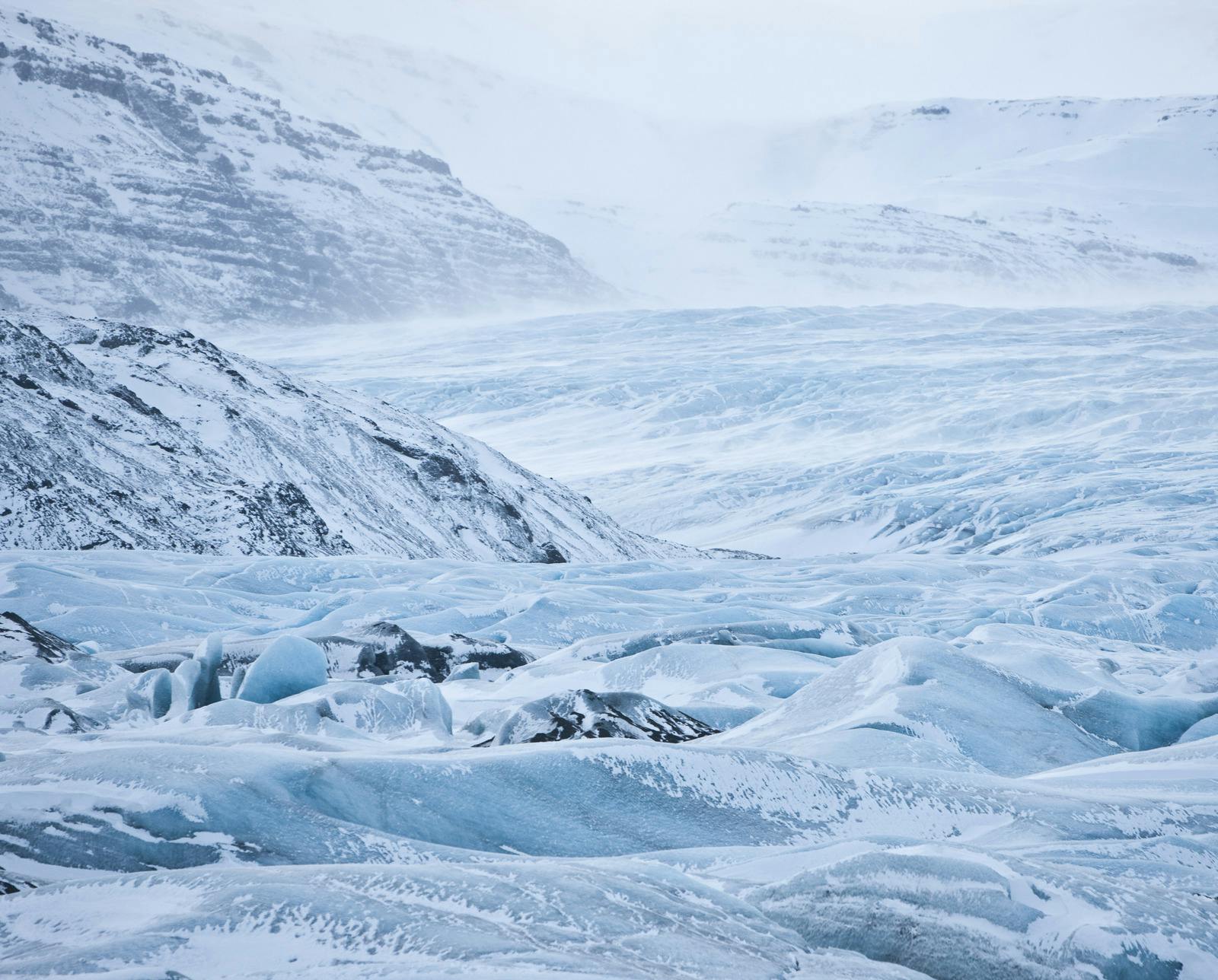
Origins & Evolution Over Time
The origins of Hoffellsjökull can be traced back to the complex processes of glacier formation. As snow accumulates over centuries, it transforms into ice under the pressure of its own weight. The glacier continually moves, shaping the landscape through glacial erosion and deposition. Understanding these geological processes adds a layer of appreciation for the majestic presence of Hoffellsjökull.
Like all glaciers, Hoffellsjökull is subject to the impacts of climate change. Monitoring the glacier's evolution provides valuable insights into the changing climate and its effects on glacial landscapes. Scientists and researchers closely observe phenomena such as glacier retreat, ice loss, and changes in morphology, offering a glimpse into the broader implications of climate change on the world's glaciers.
Experience Glaciers in Reykjavík
At Perlan Museum, guests can explore Iceland’s natural wonders through a series of exhibits and immersive presentations, including ice caves and glaciers, as well as northern lights and volcanoes.
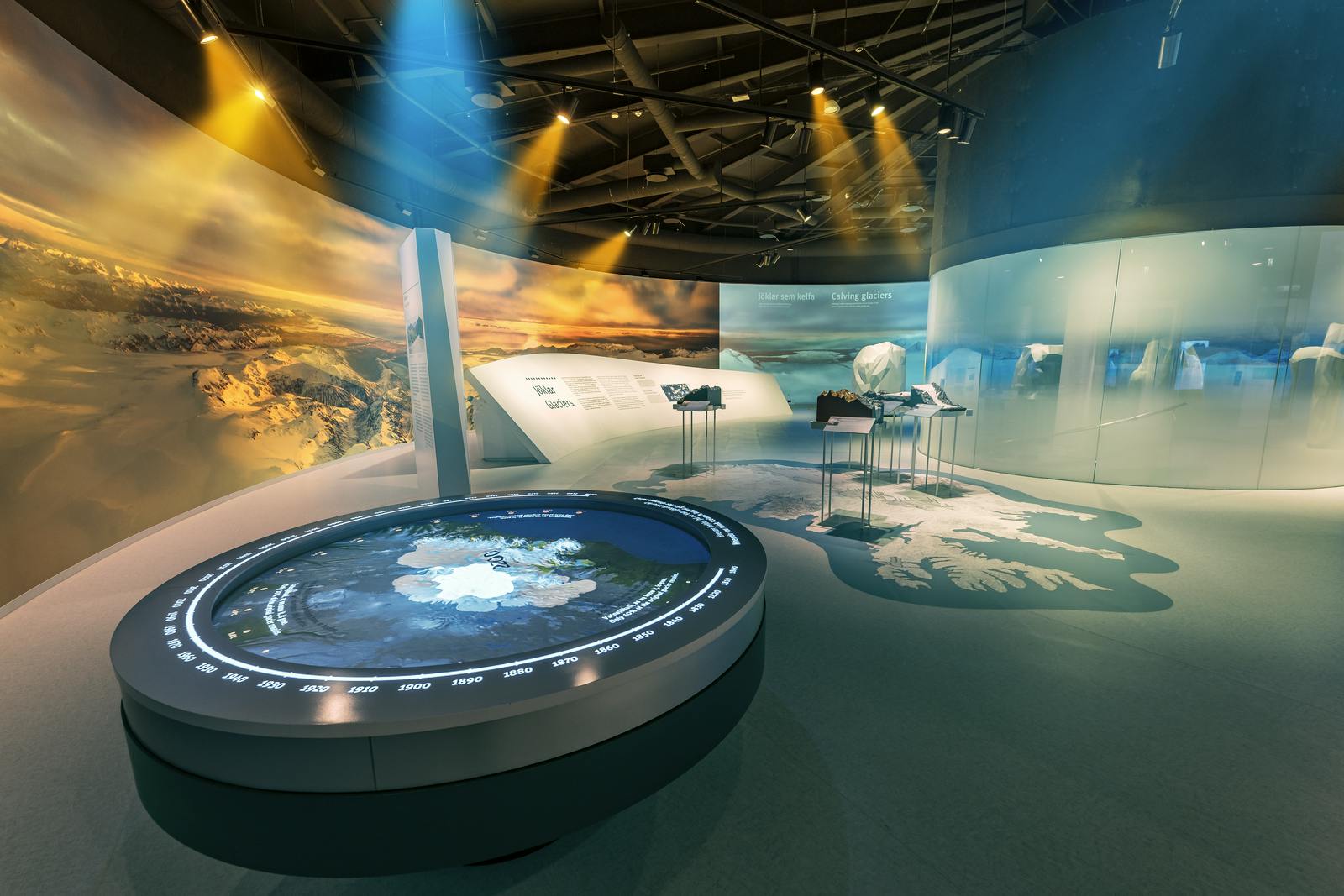
In addition to their natural beauty, Iceland’s glaciers are significant for the environment as they are an essential source of fresh water for the island and play a vital role in regulating the island’s climate.
Glacier's Role in Shaping its Surroundings
Hoffellsjökull profoundly influences its surroundings, shaping the local ecosystem through glacial processes. As the glacier moves, it sculpts the landscape, creating valleys, ridges, and moraines. The meltwater from the glacier contributes to the formation of rivers and lakes, sustaining diverse habitats in the region. The dynamic interaction between the glacier and the ecosystem highlights the interconnectedness of natural systems.
Distinctive Flora and Fauna of the Region
The area around Hoffellsjökull boasts a unique array of flora and fauna adapted to the challenging Arctic conditions. Hardy plant species, including mosses and lichens, thrive in the rocky terrain left behind by retreating glaciers. The proximity of glacial rivers and lakes attracts various bird species, adding a touch of biodiversity to the stark glacial landscapes. Exploring the region allows nature enthusiasts to witness the resilience of life in these extreme environments.
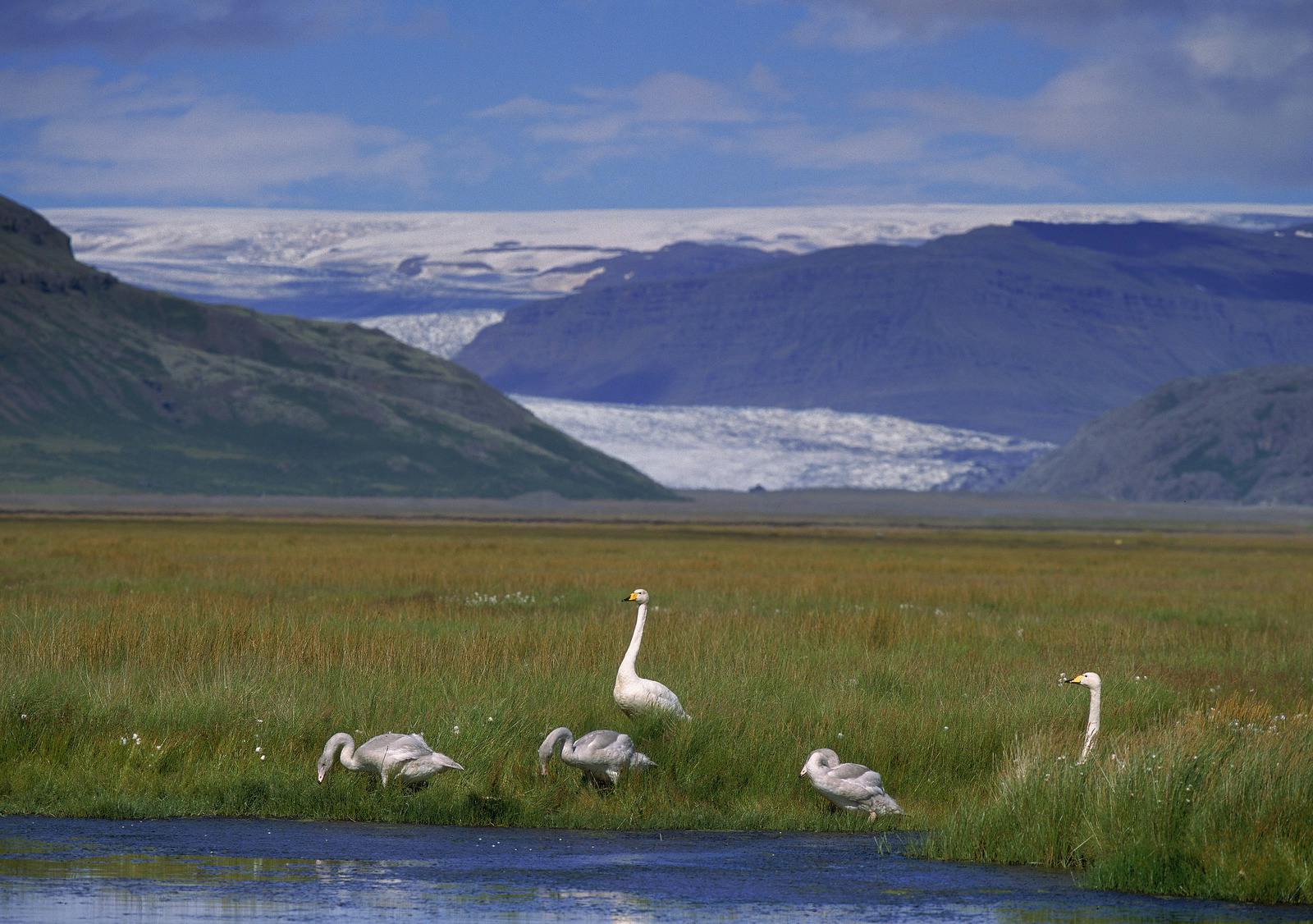
Climate Change and its Impact on Hoffellsjökull's Environment
Climate change poses a significant threat to glaciers worldwide, and Hoffellsjökull is no exception. Rising temperatures contribute to glacier retreat and ice loss, affecting not only the glacier itself but also the ecosystems dependent on glacial meltwater. The delicate balance between ice and the surrounding environment is disrupted, emphasising the urgency of addressing climate change to preserve the integrity of glaciers like Hoffellsjökull.
Rise of Tourism Around Hoffellsjökull
In recent years, there has been a noticeable increase in tourism around Hoffellsjökull as travellers seek unique and less-explored destinations. The glacier's remote location offers a sense of adventure, attracting those looking to escape the crowds and experience the raw beauty of Iceland's untamed landscapes. The rise of tourism presents both opportunities and challenges for the region, requiring thoughtful management to ensure a sustainable and positive impact.
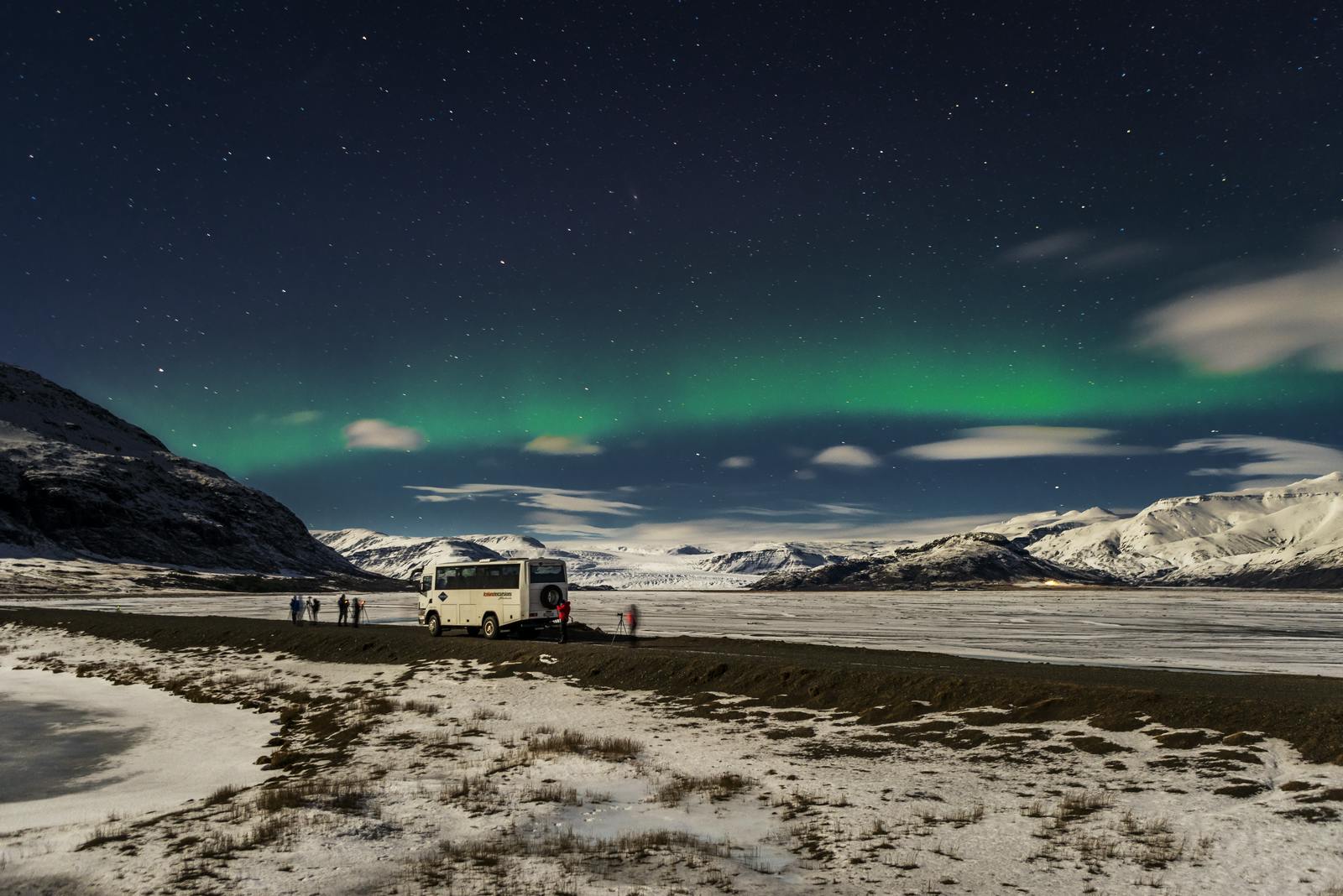
Best Practices for Exploring the Glacier and Nearby Attractions
Exploring Hoffellsjökull requires careful consideration of safety and environmental preservation. Travellers are advised to engage in responsible tourism practices, including staying on designated paths, avoiding littering, and respecting the fragile ecosystems surrounding the glacier. Guided tours with experienced professionals can enhance the visitor experience while ensuring the protection of the natural environment.
Importance of Safety and Environmental Responsibility
The allure of glaciers comes with inherent risks, and safety should be a top priority for anyone venturing into these icy landscapes. Unpredictable weather conditions, crevasses, and rapidly changing terrains necessitate caution and adherence to safety guidelines. Additionally, environmental responsibility is crucial to minimise the impact of tourism on the delicate ecosystems surrounding Hoffellsjökull. By practising Leave No Trace principles and respecting local regulations, visitors can contribute to the long-term sustainability of this natural wonder.
How Tourists Can Make a Positive Difference
Tourists can play a crucial role in the conservation and sustainability of Hoffellsjökull. Choosing eco-friendly travel options, supporting local businesses, and participating in organised tours with a focus on responsible tourism are effective ways for visitors to make a positive impact. By raising awareness about the fragility of glacial ecosystems, tourists can contribute to a collective effort to protect these natural wonders.
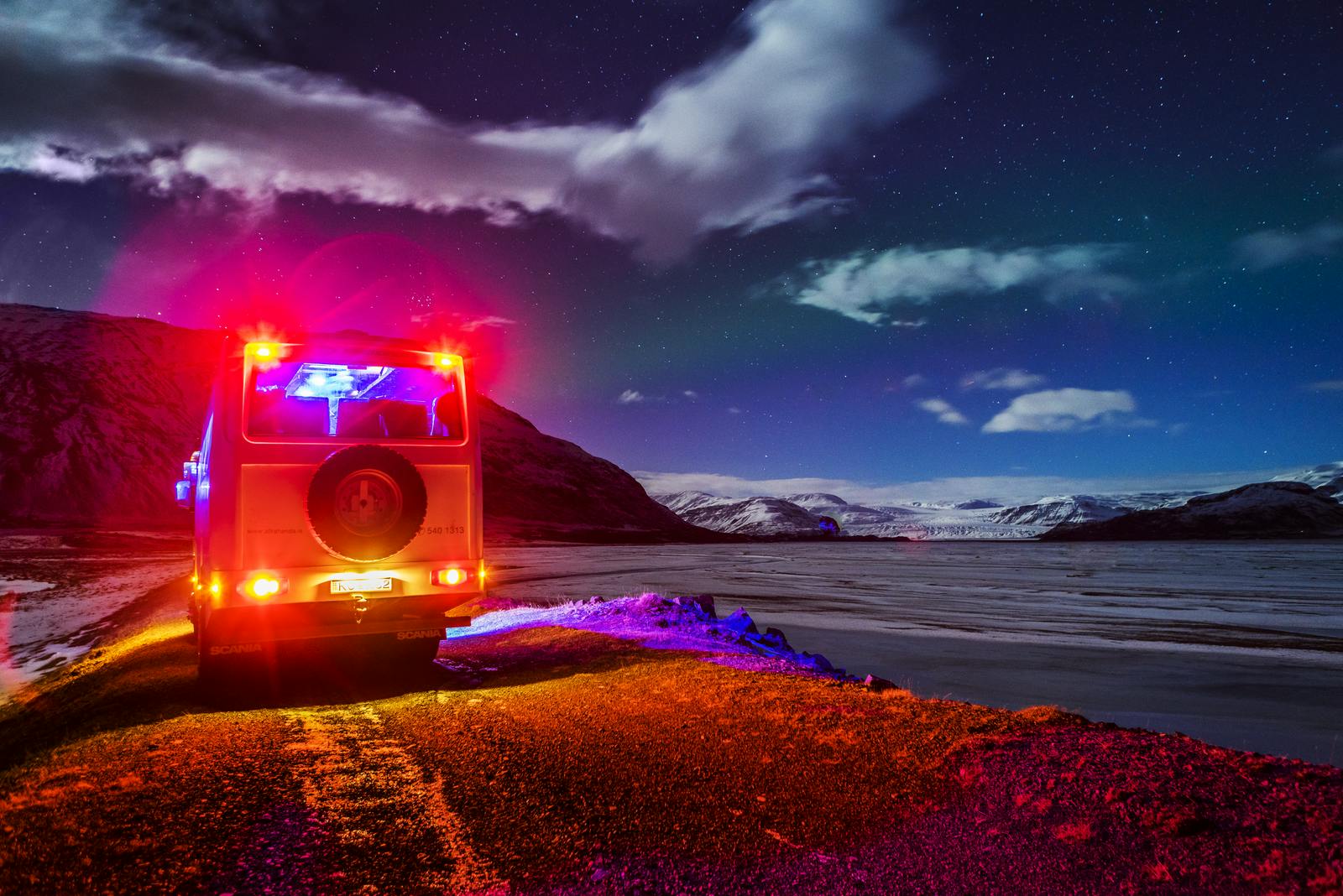
Hoffellsjökull FAQ
How do I Get to Hoffellssjökull Glacier?
Hoffellsjökull Glacier is located in the southeast of Iceland, near the town of Höfn. You can reach Höfn by driving along the Ring Road (Route 1).
How Far are Glaciers from Reykjavík?
As a general estimate, many popular glaciers, such as those in Vatnajökull National Park, are located in the southern part of the country, and the driving distance from Reykjavík to these areas is around 200-300 kilometres (about 125-185 miles)







